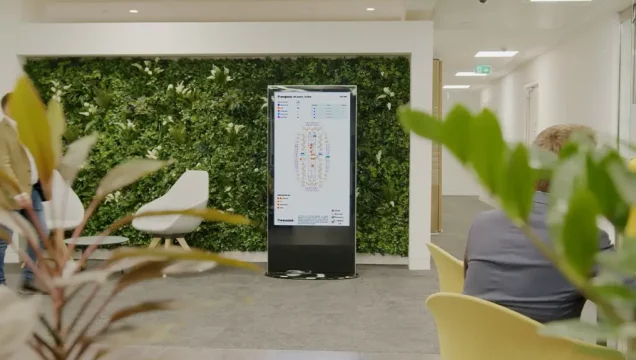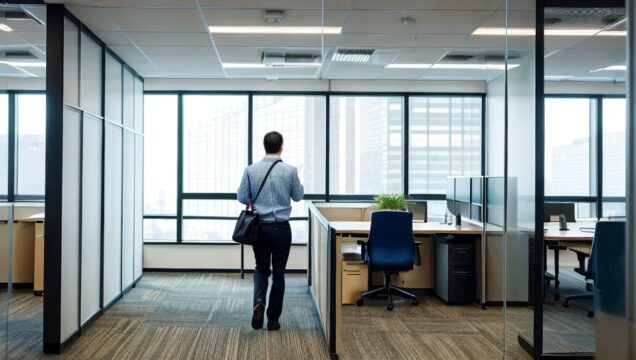

Another week after the long bank holiday, another government campaign to get Great Britain working, and yet another survey of people’s attitudes to the return to work.
People have dutifully established a ‘new normal’ in working from home. Some love it. Some hate it, and would prefer to return to work sooner rather than later.
Some have enjoyed the freedom from the daily commute and created a workspace that works. Allowing them to work exercise into their working day and reconnect with family members between the routines and demands of their work.
Elsewhere, however, the new normal exposes longstanding inequalities at home for those working in cramped, noisy spaces without respite from the stresses and strains of family living.
Some employers are unable to embrace trust in new ways of working citing loss of productivity with others concerned about the death of employee collaboration and the dilution of values and culture.
The effects on employees’ mental health and wellbeing are also a concern with workers replacing 50 plus minutes of their daily commute with additional work at home, with the same deadlines now looming on the kitchen tables instead of the office desk.
And yet the government and employers have not done enough to address people’s genuine concern’s in returning to the office. The latest in a string of international surveys this week suggesting that the UK/US in particular lag the rest of the world in worker attitudes to returning to the office with a fear of a second wave compounding low levels of confidence about the cleanliness and safety on their commute and in their workplace.
Meanwhile, organizations have a real dilemma on their hands. Workplaces are empty and they have too much office space for the new normal and yet at the same time, social distancing rules will mean office occupancy levels will be 30%-50% less than what went before. There’s now both a cost-saving opportunity and an anticipated cost increase if the workforce return to the office on-masse.
Enlighted FM Directors and Workplace Strategist’s know also know that hybrid models and the new normal doesn’t necessarily mean less office space. Those that have studied patterns of office use over many years know that Monday and Fridays are quiet and Tuesday/Wednesday ‘peak usage’ patterns are likely to continue for those returning to work after Covid to new models of hybrid home and office working.
The Return to Work Post-Covid
There is now a battle for employee hearts and minds. That battle is not going to be won with words but with deeds and actions. It is not enough to publish social distancing guidelines for employers and to tell people to simply ‘get back to work’.
These people have lost friends and loved ones to an indiscriminate disease that has devastated our normal way of life and turned everybody’s world upside down in ways we could have never contemplated less than 12months ago.
What’s needed now is real evidence that the government, transport authorities and employers are properly listening and taking action to ensure people’s fears are allayed in relation to sanitation and virus transmission.
The technology exists to help provide comfort and assurance with the ability to sense and to learn when and where spaces are used in order to keep them clean and compliant. To evidence the cleaning history of your desk so you know when it was last used and cleaned ahead of your own arrival.
Meanwhile, intelligent Building airflow monitoring and environmental sensors can provide assurance that air quality and humidity are maintained at levels that minimize the risk of virus transmission
Technology can employers better plan and prepare for new normal models of workplace use where peak demand needs to be balanced with workforce and project planning so that too much space and too much cost doesn’t burden the business throughout the post-Covid economic recovery.
We haven’t even started to win the battle for workplace ‘hearts and minds’. What’s needed more than ever now is actions and deeds instead of words. Then, and only then will life start to return to a new normal in our city centers, and people return to work, with all the benefits that ‘hybrid working’ will provide to both employers, their people and throughout our local and national economies.


